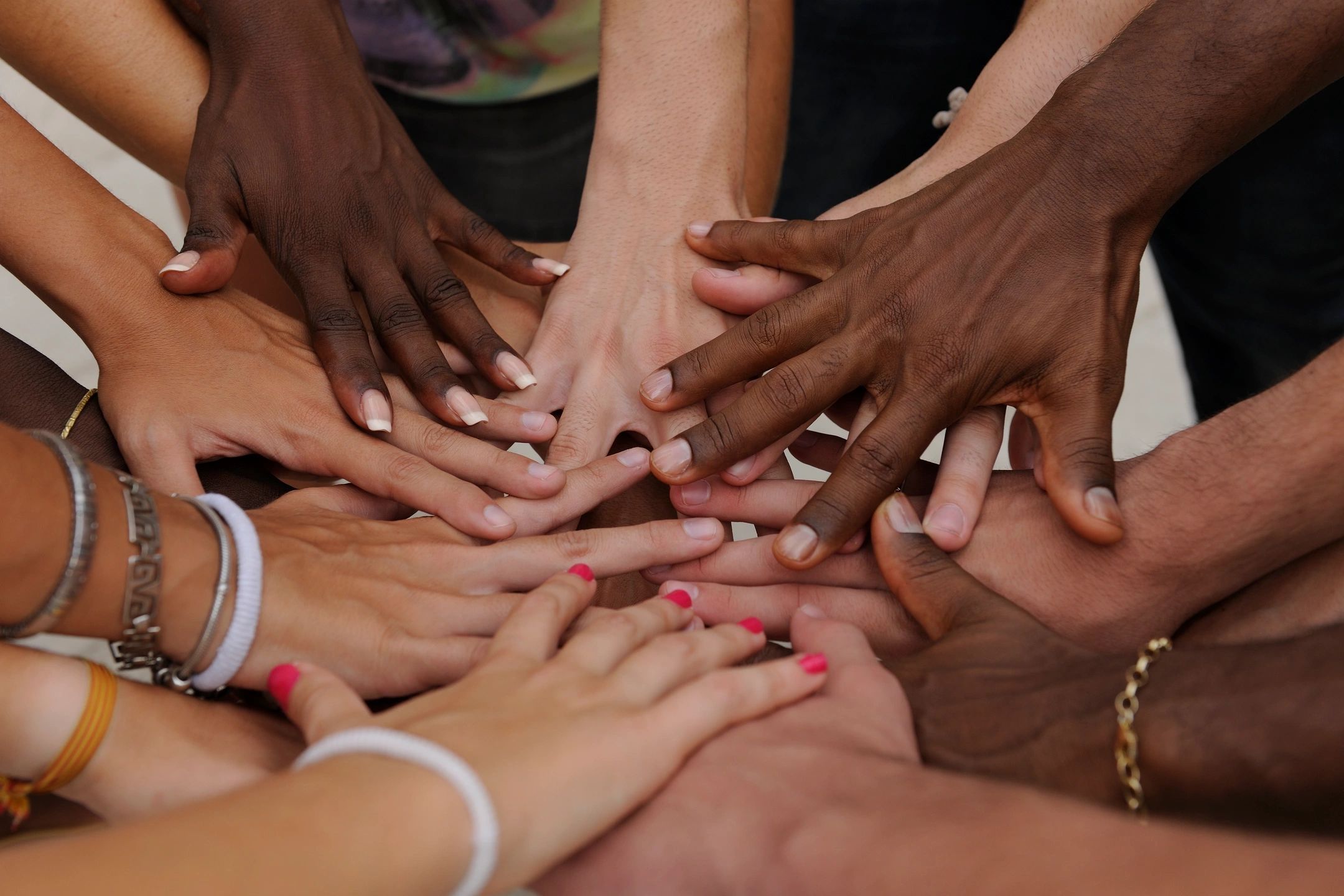By Gilda Balan
SACRAMENTO — Blasian is a newly-coined word for Black and Asian.
The Black community, (African-Americans) along with Asians and Asian-Americans, have been the target of hate crimes for the longest time but attacks on both communities went into overdrive during the COVID-19 pandemic.
Now, there is a move to bring Blasians together to end the hate crimes against them.
In the traditionally Black neighborhood of Oak Park in Sacramento, over 120 people attended the first Blasian March, considered as a solidarity-building event that began in New York City in 2020, which later expanded to Los Angeles and Chicago.
The marchers chanted “Asian Lives for Black Lives!” “Black Lives for Asian Lives” and “Black Asian Freedom!” as car drivers honked and business owners waved from their doors in support of the action.
The march last week commemorated 19-year-old Darell Richards of Sacramento, part Black and part Hmong, who was shot and killed in 2018 by Sacramento Police Department officers while he was suffering a mental health episode.
A federal police misconduct lawsuit filed by the victim’s family ended in a deadlocked jury in November last year.
As reported by the Sacramento Bee, two FilAms played active roles in the march.
Shawntay Gorman, an Oak Park-based Black and Filipino artist, led the creation of a large mural of Richards that was shown for the first time during the march.
Rohan Zhou-Lee, a Black and Filipino dancer/writer who founded the Blasian March, came to Sacramento at the invitation of local Asian-American organizers.
A book fair and speaker panel followed the march where organizers pushed Asian American and Black community members to confront barriers between their respective communities, and ultimately recognize their shared experiences.
Overcoming historical racial tensions in order to build solidarity, activists from both communities signaled their support for each other as anti-Black police violence and anti-Asian hate caught substantial public attention in 2020.
While they have many shared interests, there are also areas where differences are pronounced.
For one, some Asian-American activists embrace police presence as a response to anti-Asian hate incidents, while Black activists strongly prefer reduced police presence as part of their community-based safety efforts.
Speakers from both sides said building solidarity needs recognition both of the parallel experiences of Asian-American and Black communities, the tensions that linger between them, and the structural barriers that caused them.
In decades past, attempts to build solidarity between Blacks and Asians faltered because the discrimination both communities faced pitted them against each other, especially in the aftermath of World War ll.
This time around, both communities have both the need and the desire to truly come together. They even have a name for themselves – Blasians.































